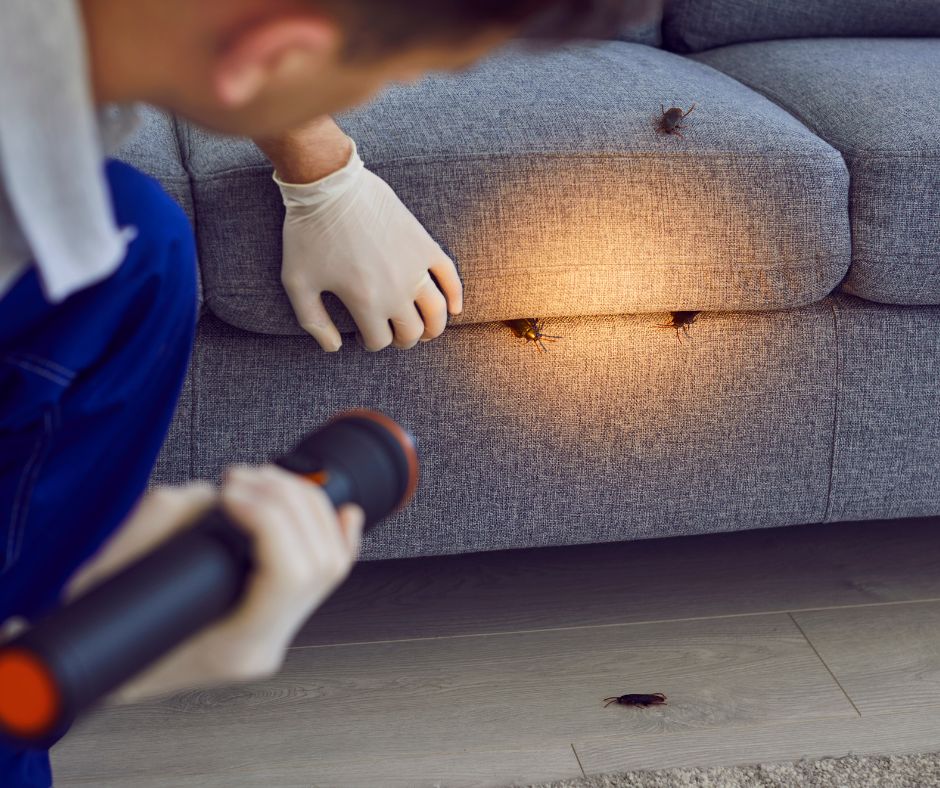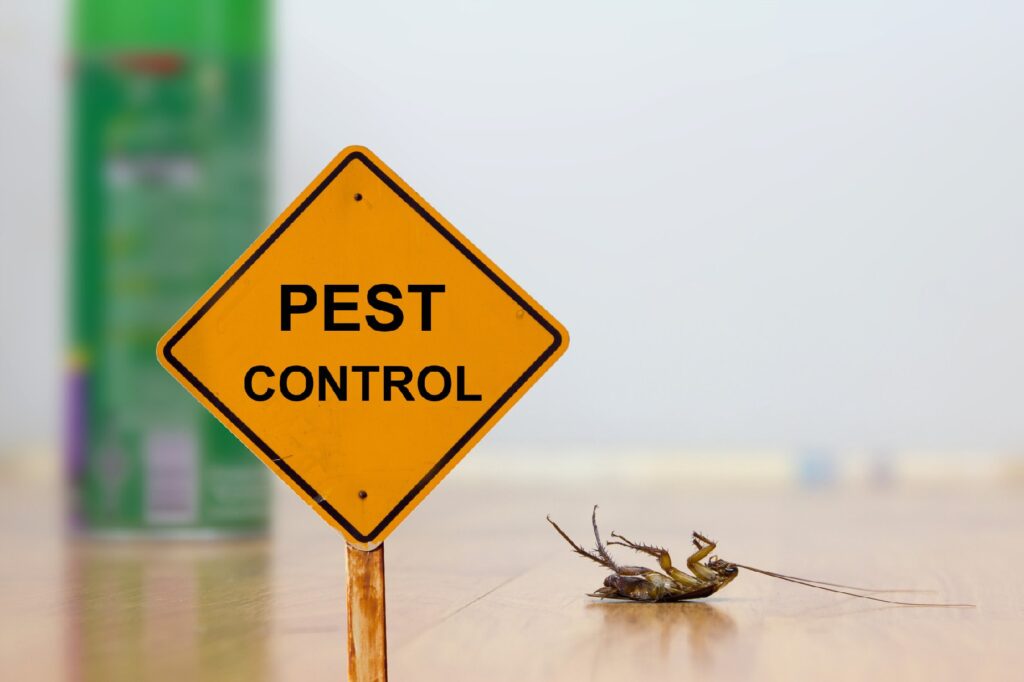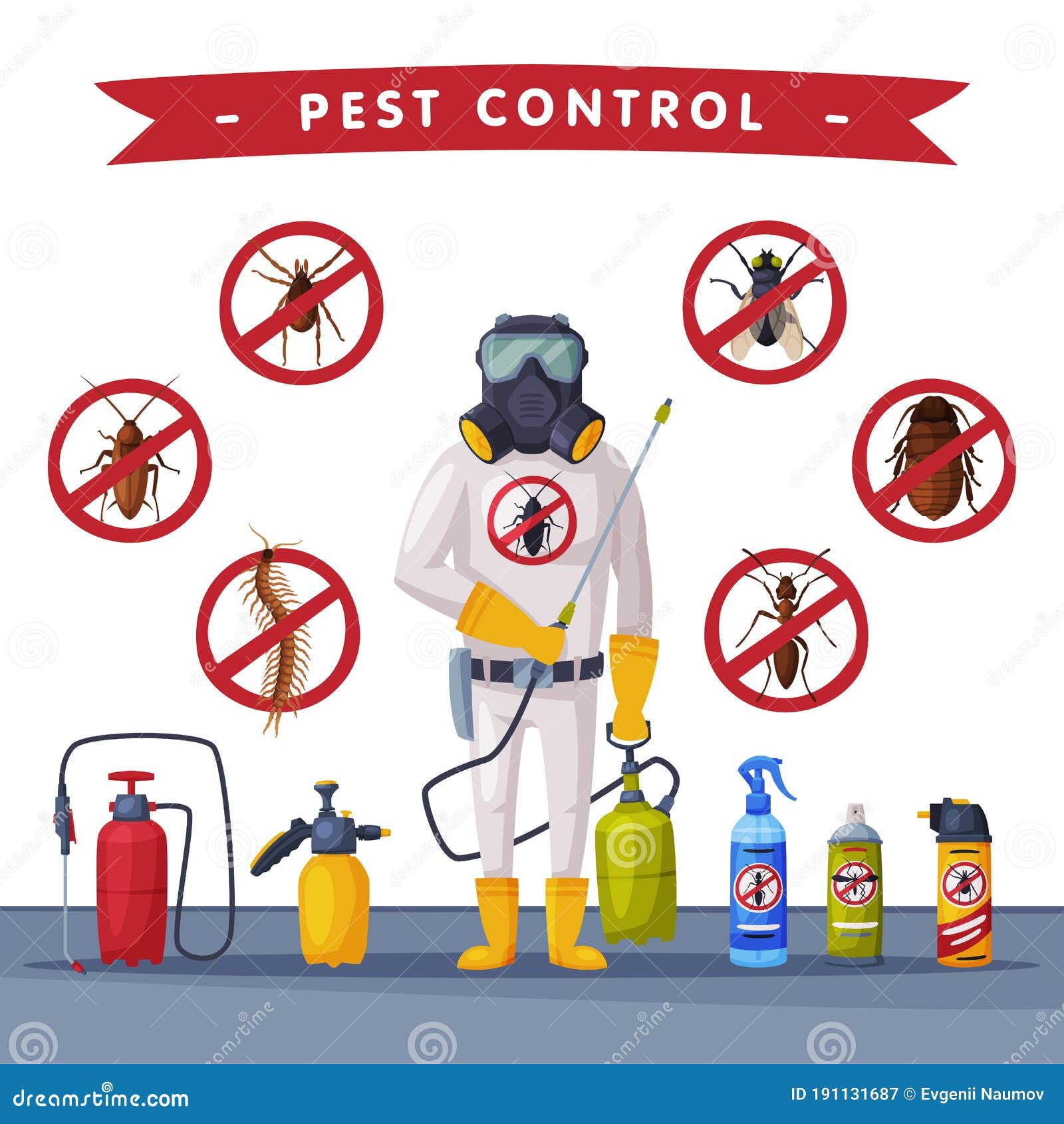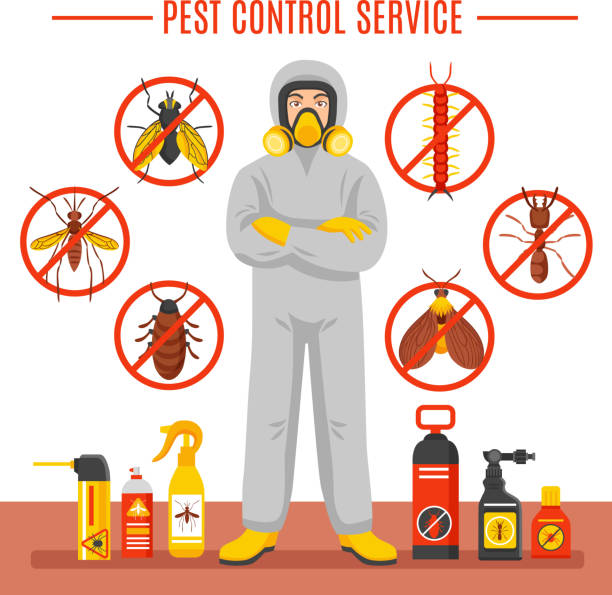Expert Commercial Pest Control Service in Port Charlotte
Comprehensive Guide to Comprehending Bug Control Methods and Their Therapy
Understanding parasite control methods is essential for reliable monitoring of unwanted microorganisms that posture risks to wellness, farming, and property. What elements should be considered when picking the proper insect control method for a details scenario?
Summary of Parasite Control Methods
Parasite control methods incorporate a range of methods made to handle and get rid of unwanted organisms that can hurt human health and wellness, agriculture, and residential property. Effective insect management is crucial for maintaining the stability of ecological communities and making certain the safety and security of food materials. These techniques can be extensively classified into three main techniques: social, mechanical, and biological controls.

Social control involves modifying farming techniques or environmental conditions to reduce pest establishment and recreation. This technique includes plant turning, sanitation, and picking pest-resistant plant varieties. Mechanical control relies upon physical barriers or tools to stop pest accessibility or directly remove them. Examples consist of catches, webs, and hand-picking hazardous bugs.
Biological control uses natural killers, bloodsuckers, or pathogens to manage pest populations. This approach stresses ecological balance and can include introducing helpful bugs, such as ladybugs or predacious nematodes, to manage parasite existence.
Integrated bug administration (IPM) integrates these strategies, making use of an all natural method that highlights prevention, tracking, and accountable monitoring. By employing a mix of these approaches, bug control can be a lot more lasting and reliable, decreasing reliance on chemical interventions while safeguarding human health and wellness and the setting.

Chemical Pest Control Solutions
A range of chemical bug control solutions are available, giving efficient alternatives for handling insect populations when various other approaches might fail. These remedies primarily include pesticides, herbicides, fungicides, and rodenticides, each developed to target certain insects while decreasing injury to non-target organisms.
Pesticides are especially efficient against a variety of bugs, including ants, roaches, and termites, and can be classified as contact or systemic agents. Contact insecticides eliminate insects on contact, while systemic pesticides are taken in by plants, making them poisonous to pests that eat them. Herbicides are made use of to regulate unwanted plants, whereas fungicides are essential for managing fungal illness that can harm plants and ornamental plants.
Furthermore, integrated parasite administration (IPM) principles ought to be utilized, combining chemical services with cultural, mechanical, and organic strategies for lasting parasite control. This all natural approach not only improves pest monitoring efficiency yet additionally decreases prospective environmental effects linked with chemical usage.
Organic Pest Control Techniques
Biological pest control strategies provide an ecologically friendly option to chemical techniques by making use of natural killers, bloodsuckers, or microorganisms to handle parasite populaces. This technique leverages the ecological connections between organisms, advertising a well balanced environment while decreasing chemical residue in the environment.
Among the most common organic control approaches involves the introduction of natural opponents. For example, ladybugs are used to control aphid populaces, while parasitic wasps can target caterpillars and various other insects. These all-natural killers properly lower pest numbers without harming valuable insects.
In addition, microbial representatives such as bacteria, fungi, and infections are utilized to infect and eliminate certain insects. Bacillus thuringiensis (Bt), a normally click here for info taking place microorganism, is commonly used to regulate caterpillars and other larvae, showcasing the performance of microbial parasite control.

Physical and Mechanical Methods
Frequently used in integrated parasite administration approaches, physical and mechanical techniques serve as reliable devices for managing bug populations without using chemicals. These techniques rely on physical obstacles, catches, and various other mechanical devices to avoid or get rid of bugs, making them eco-friendly alternatives.
Physical techniques consist of using obstacles such as insect netting, displays, or row covers that physically block bugs from accessing plants. This is especially valuable in agricultural settings where plant defense is necessary. In addition, habitat control, such as eliminating particles and standing water, can decrease pest breeding sites, consequently reducing problems.
Mechanical techniques encompass traps, which can be made to record specific insects. Sticky traps and scent catches prevail examples that lure and maintain pests, helping with monitoring and control. Vacuuming is another mechanical strategy, efficient for eliminating parasites from indoor atmospheres, particularly in cases of invasions.
Preventative Pest Monitoring Strategies
Efficient preventative parasite monitoring techniques are important for preserving healthy atmospheres and reducing pest-related concerns before they Visit Your URL emerge (Pest Control in Port Charlotte, FL). These methods concentrate on aggressive actions that decrease the possibility of parasite problems by attending to the source

One more vital technique involves correct landscape design techniques (Pest Control in Port Charlotte, FL). Keeping plants cut and far from structures can lower harborage locations for insects. Likewise, carrying out integrated parasite management (IPM) strategies that include monitoring parasite populations and employing organic controls can cultivate a well balanced community that naturally subdues pest numbers.
Education and learning and training for staff and homeowners on identifying early signs of parasite activity are additionally crucial components of a reliable preventative program. By promoting an environment of awareness and caution, companies and home owners can significantly boost their bug monitoring efforts and secure their areas versus future invasions.
Verdict
Employing an Integrated Pest Management (IPM) framework allows for the sustainable administration of bugs while lessening eco-friendly effect. Eventually, a complete understanding of these varied pest control strategies is necessary for accomplishing successful end results in bug administration initiatives.